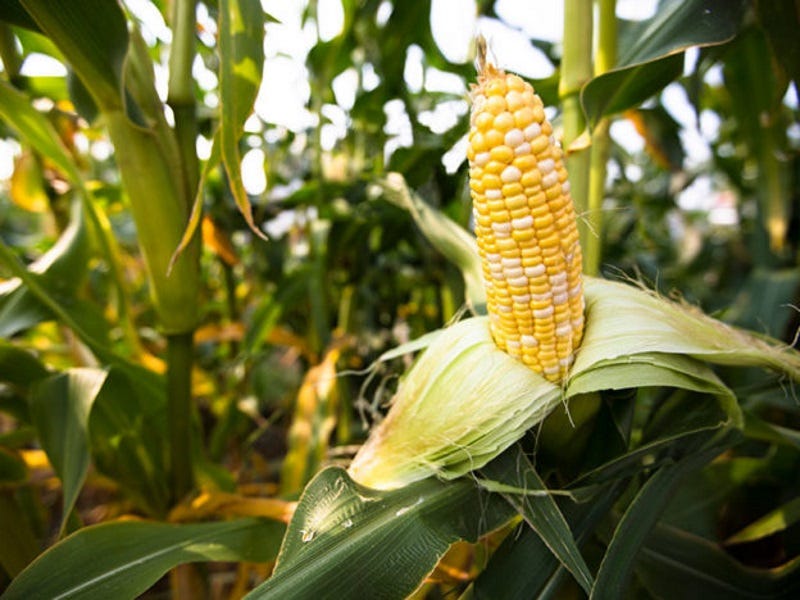Montana Gardening: What Vegetables to Grow

"What are some vegetables that are good to grow in North Central Montana other than tomatoes? We've tried squash and it hasn't been very successful."--N40 Customer, Kirsten
Amy Grisak from Amygrisak.com had this to say:
"We have to work with the weather- We have cooler nights, which is why sometimes tomatoes and squash don't like to grow here, but lettuce, radish, onions, potatoes will flourish during the cooler springs. Once the soil warms up, you can grow almost any type of beans or peas. Cabbage or kohlrabi will flourish in our regions. It's all about doing your homework and working the weather."
Side note for Kohlrabi I had no idea what this was- apparently according to Sam, you can get them at most farmer's markets across Montana and, "It's like a watery apple." So I dug a bit deeper and found out it's much like broccoli or cabbage and of the genus Brassica.
The sugar/fiber content is amazing! 2.6 grams of sugar against 3.6 grams of fiber. I asked Tracie to pin a good Kohlrabi recipe to our Pinterest board HERE
When I asked Joy, our resident master gardener in the home office in Great Falls, why sometimes tomatoes/squash don't fare well in Montana, she had this to say:
"Our cold evening temperatures make it really hard to plant tomatoes, squash or cucumbers prior to about June 5th. Use row covers to protect from wind and cold that will help. I know people try to plant earlier. You are better off to wait. Your plant will catch up and probably beat the early plants within a very short time." (Want to know how to extend your growing season?)
And this got me thinking back to the interview I did with the almost-occultist gardener Charles Bocock who manages to grow sweet potatoes, blueberries and Kiwi- a common theme in all three of these conversations was soil temperature.
What's soil temperature got to do, got to do with it? You need at least 55 degrees Fahrenheit to maintain the "workforce" in the plant's cell. If it drops below that sweet spot, the growing propensity of the plant is much lower.
So is there any way to get around the colder soil temperatures? There is. Clear Visqueen it allows all UV light from the sun to penetrate the soil up to three feet deep.
Want to know how to implement Visqueen in you gardening arsenal? Or how about how to use hydrogen peroxide to dramatically reduce germination times? Then you'll want to read this.
Word Fact Extra #1: Where does the word Kohlrabi come from? It comes to English from the 18th century German "kohl" meaning cabbage- and before that? Maybe from Late Old English "cole" a Vulgar Latin form of caulis.
